abandoned gardens: wildflowers take over
Finding abandoned house-sites where the house has been burned, rotted or torn down is not difficult. Sometime bits of the house are still visible. Sometimes the house-site is the only un-mowed part of a hayfield. Sometimes there are shrubs or flowers, remnants of the plants that once grew there.
~
After a few years of abandonment, wildflowers and other plants that colonize disturbed or waste areas gradually take over. In our travels we have seen bedstraw (Galium spp.), spreading dogbane (Apocynum andossemifelium) and other invasives.
~

~
On our drive to the area west of Woodstock, we saw lots of rough bedstraw, with its leaves in sixes (Galium asprellum), sprawling over abandoned areas. It forms a tangle across low pastures and ditches. The tangle looks springy and comfortable, the perfect mattress stuffing, but feels rough and sticky when rubbed backwards from stem to flowers, due to the plant’s rasping, hooked prickles.
~

~
On Wednesday, we took a drive to the area north of Stanley to Centreville, a community settled in 1890 and then abandoned. We revisited a property we saw in 2018, to try and identify a plant I had seen there. Spreading dogbane (Apocynum androssemifolium) has taken over the front of the property and is gradually spreading into the field.
~

~
Not a very pretty name for a fragrant, nodding flower, pink and bell-like, with tiny red veins inside each flower.
~

~
Although my project is about garden escapes, I think I need to mention the wild species that move the other way, from wild areas to areas that have been abandoned! It’s all about competition and so often, the wild species, adapted to living in our soils and climate. are the successful ones!
~
This work is supported by a Creation Grant from artsnb (the New Brunswick Arts Board)!
~
All my best.
Stay safe.
Wash your hands.
Jane



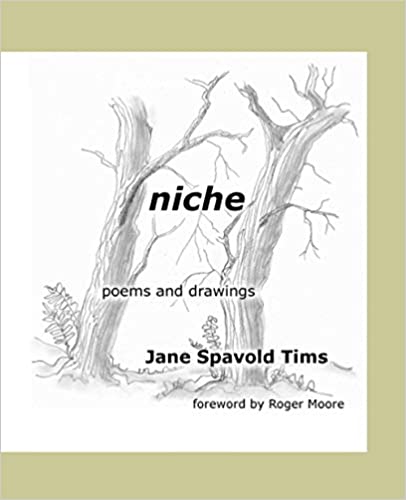

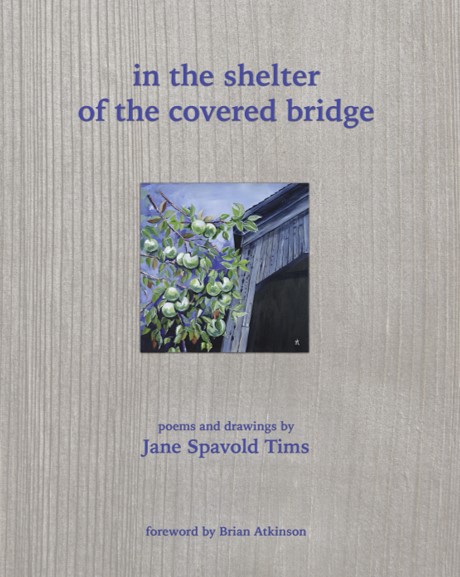
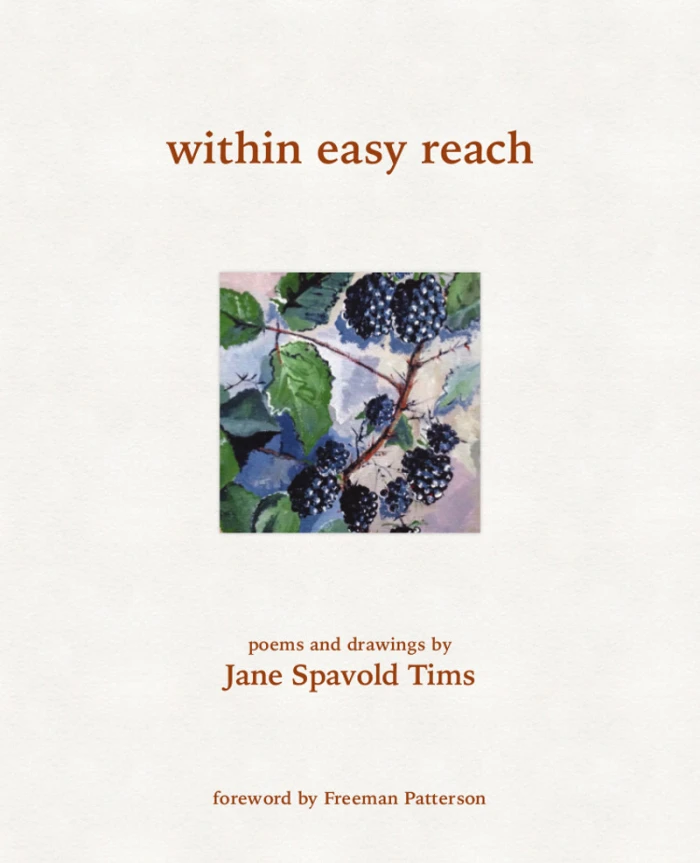
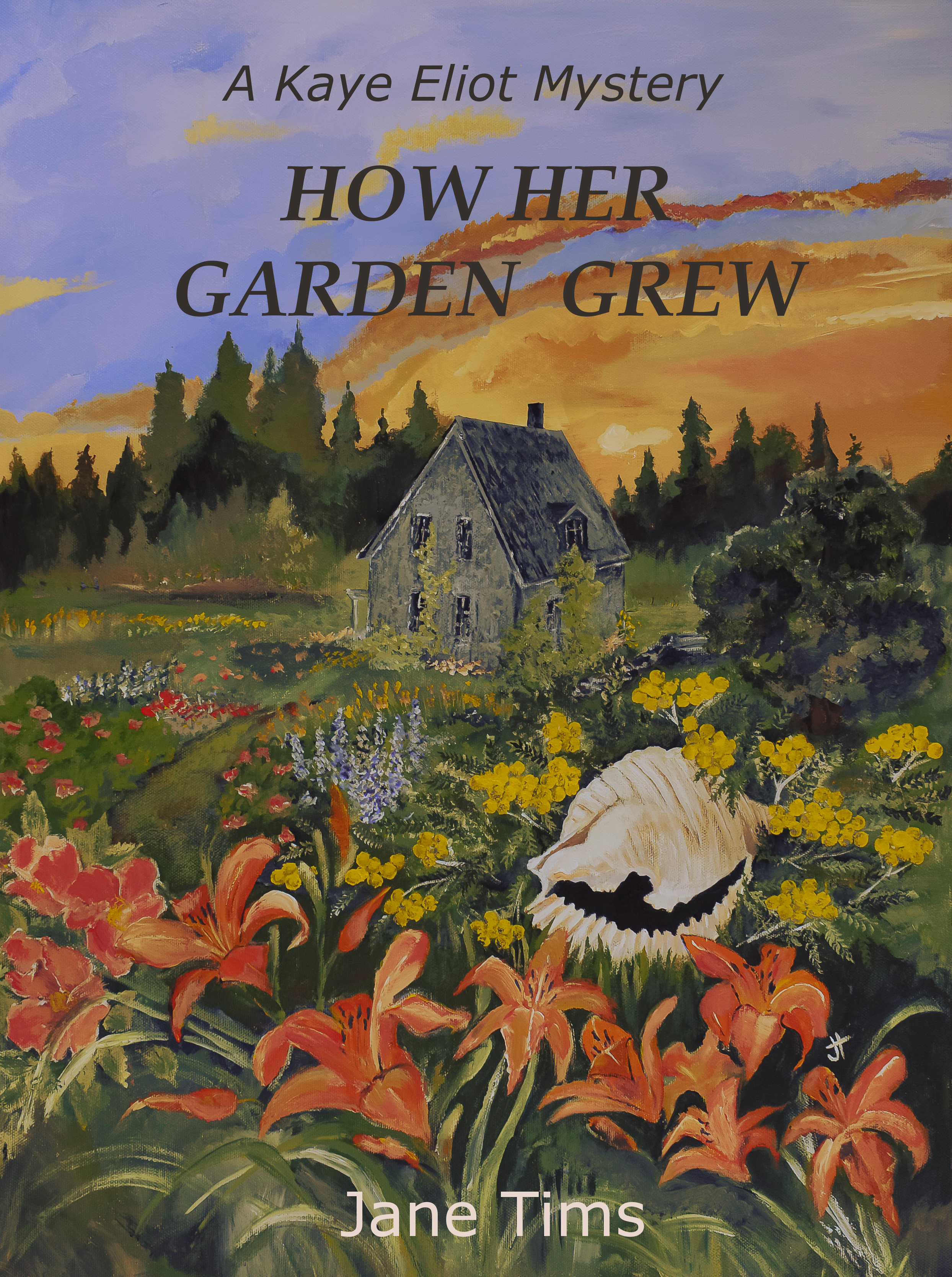






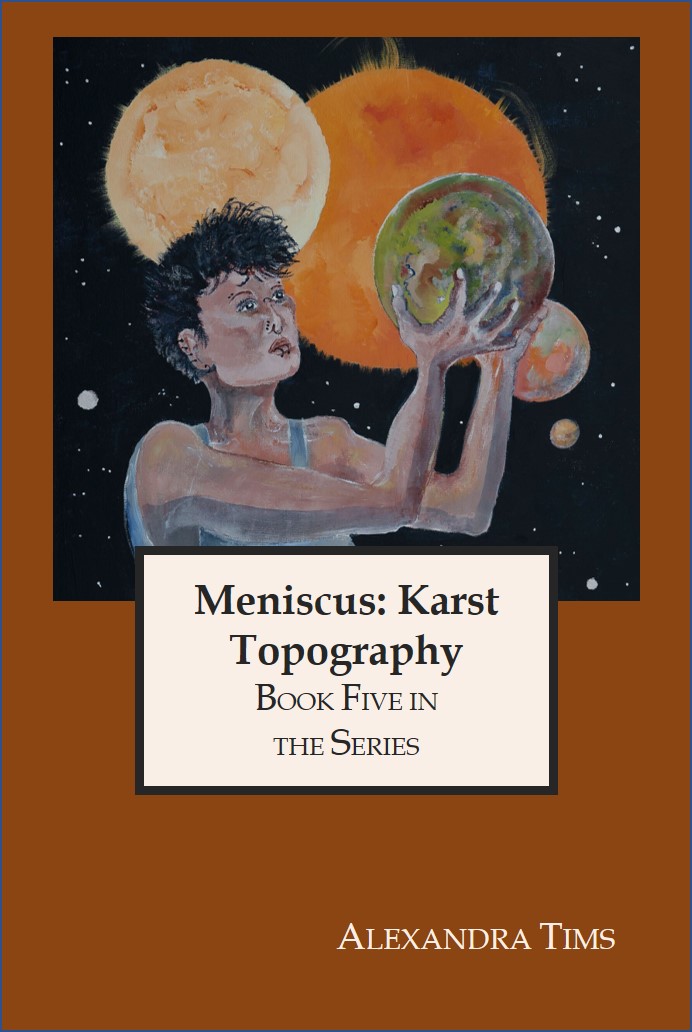





I'd love to hear what you think...